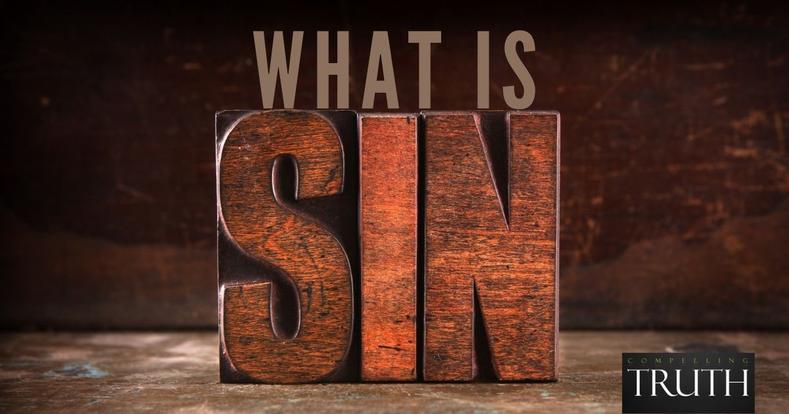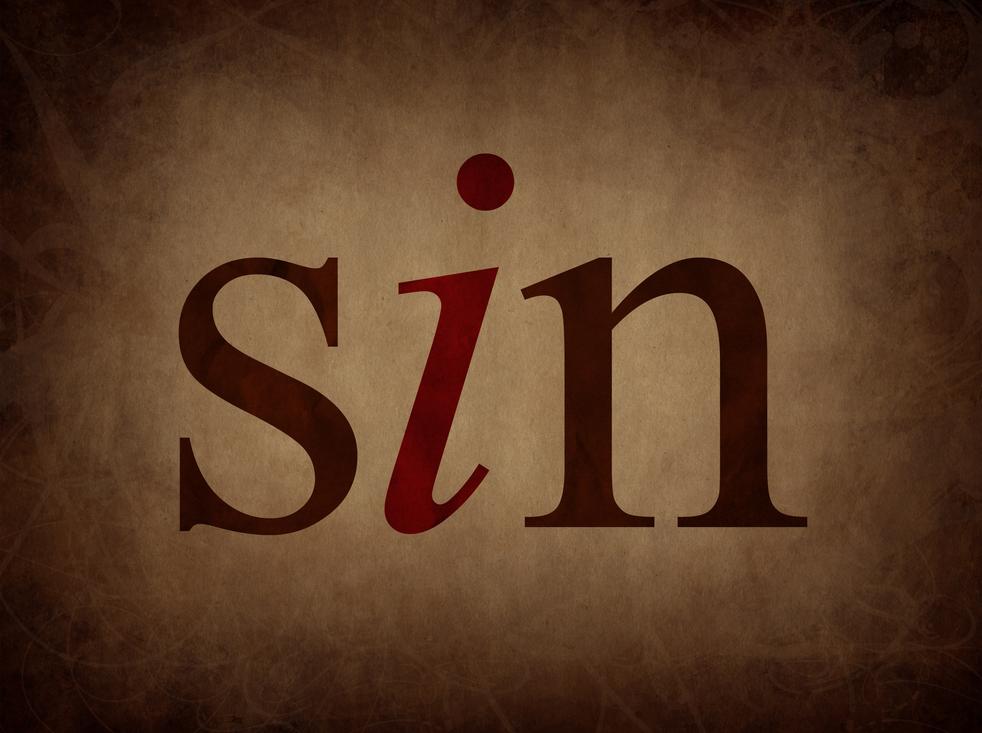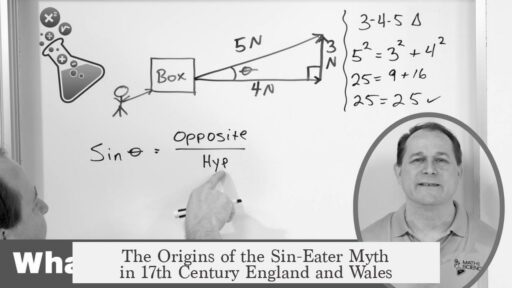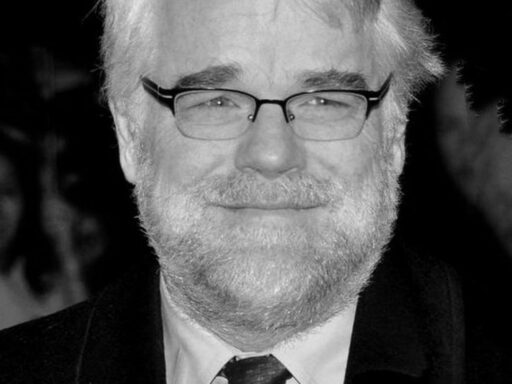The practice known as sin-eating most likely arose in 17th-century England and Wales as a misinterpretation of older Catholic funerary customs that lingered after the Reformation, particularly in border regions like Wales and the English marches. It was not widespread, and evidence suggests it may never have existed as popularly described.

The earliest known reports about sin-eating come from John Aubrey, a 17th-century antiquary with Welsh family links. Around 1680, Aubrey documented attempts by an Anglican vicar in Brecknockshire (modern-day Wales) during the 1640s to suppress this practice. Aubrey also heard about sin-eaters near Hereford, a garrison town close to the English-Welsh border. This regional clustering from Cheshire to Gloucestershire shows where the idea took shape.
Despite these accounts, no first-hand descriptions written by community members who engaged or employed sin-eaters survive. Scholars have found no clear evidence that sin-eating as a ritual actually occurred. In fact, significant negative evidence suggests sin-eating may have been a myth or misunderstanding rather than a genuine widespread practice.

The most plausible explanation is that later writers and observers misread older Catholic funeral customs, which continued quietly in some rural areas after the Protestant Reformation. One important element was the distribution of “doles”—charitable handouts of bread and ale given at funerals. Catholic wills often instructed that such doles be given to parish poor to pray for the deceased’s soul.
In Catholic belief before the Reformation, prayers from the poor were considered especially powerful in hastening a soul’s release from purgatory. Protestant authorities sought to abolish purgatory and associated practices, but some communities resisted or clung to these rituals out of comfort and tradition, particularly in less accessible rural districts like parts of Wales.

The post-Reformation suppression of purgatory caused distress in many communities, prompting some to continue rituals that, consciously or not, echoed Catholic doctrines. These surviving customs likely fueled stories about sin-eating, where a person symbolically “absorbed” the sins of the dead through eating bread or cake placed on the corpse. As described in a Welsh oral account from Snowdonia, a cake baked by the mourners was placed on the deceased’s chest, then taken away and eaten by a peculiar local man. If he ate it all, it was believed the dead person gained full pardon for sins.
Such tales, passed through oral tradition and filtered by observers unfamiliar with their origins, evolved into the sin-eating myth. Aubrey’s unpublished notes later entered common knowledge, further cementing the association of sin-eating with Wales. The survival of Catholic elements longer in Welsh rural areas explains why these stories clustered there.

| Aspect | Details |
|---|---|
| Location | Wales and English border regions (Cheshire to Gloucestershire) |
| Time | 17th century (1600s), during religious turmoil post-Reformation |
| Primary Source | John Aubrey’s c.1680 manuscript referencing Brecknockshire and Hereford |
| Practice | Cake or bread placed on corpse; eaten by sin-eater to symbolically take sins |
| Alternative Explanation | Misinterpreted Catholic funerary customs involving doles and prayers for souls |
| Religious Context | Survival of Catholic beliefs in Protestant Britain, discomfort over suppression of purgatory |
The lack of direct, contemporary accounts from involved communities and the presence of contradictory evidence suggests that sin-eating was never a common or formalized practice. Instead, it probably arose from outsider misinterpretation of residual Catholic folk customs related to funerals and prayers for the dead. Its occurrence in 17th century Wales and the English marches corresponds with the religious and cultural tensions following the Reformation, where Protestantism replaced Catholicism, but older beliefs persisted locally.
In conclusion:

- Sin-eating likely emerged as a misreading of Catholic funerary rites involving doles and prayers.
- It surfaced primarily in 17th-century Wales and English border areas due to lingering Catholic practices and cultural isolation.
- No confirmed first-hand accounts prove its actual practice; it may be more myth than fact.
- Religious upheaval after the Reformation created conditions where such myths could take hold.
- John Aubrey’s records amplified the idea, associating sin-eating closely with Wales.
What Gave Rise to the Practice of Sin-Eater (or the Myth About It)? And Why Did It Occur in England and Wales in the 17th Century Specifically?
So, what exactly sparked the curious practice—or rather, the myth—of the sin-eater, especially in 17th-century England and Wales? To put it plainly, the sin-eater tradition appears to be a fascinating mix of cultural misinterpretation, lingering Catholic customs, and the social anxieties of a post-Reformation world.

Let’s unpack that idea step by step, revealing how this peculiar ritual—or at least its legend—took root in a very specific time and place, and why it still haunts our imagination today.
Where and When Did Sin-Eating First Show Up?
The earliest talks of sin-eating come from the 17th century, tightly centered around Wales and the English borderlands stretching from Cheshire down to Monmouthshire and Gloucestershire. This geographically quirky region was a melting pot of tradition and tension.
The name popping up in connection with sin-eating? John Aubrey, an antiquary (a kind of historical detective) with Welsh roots who scribbled notes around the 1680s. He wrote about efforts to stamp out sin-eaters in places like Llangorse and reported some roaming “sin-eaters” near Hereford—a classic border town with old military garrisons, perfect for strange folk tales.
Yet here’s a puzzling twist: while Aubrey documented the attempts and rumors, no one from those communities left clear, eyewitness accounts describing a sin-eater actively swallowing sins. It’s like hearing about a mythical beast from centuries ago but never spotting one firsthand.
The Great Evidence Gap: Did Sin-Eating Truly Exist?
Hold that thought. Apart from Aubrey’s tales and some funky oral lore, concrete evidence for actual sin-eating is thin. Despite serious digging by historians and folklorists, no unambiguous, firsthand community testimonies have surfaced that clearly confirm sin-eaters did their business as advertised. And there’s more—mountains of “negative evidence” suggest the entire ritual as popularly described might never have even existed.
This implies something interesting: the sin-eater could be more myth than reality, a story that evolved through generations, shaped by imagination and cultural shifts, rather than fact. So what drove this myth’s fire?
Misinterpretations and the Shadow of Catholic Funerary Customs
The leading theory among scholars is that sin-eating was a dramatic misreading of a real custom: the Catholic funeral dole. After the Reformation, when Protestantism tried to knock out Catholic beliefs (like purgatory), certain practices needed to reshape or hide themselves to survive.
Doles—simple gifts of bread and ale—were traditionally handed out to poor parishioners during funerals. The catch? The poor were expected to pray for the deceased, helping their soul escape long detention in purgatory. Since poor folks were thought to be closer to God’s ear than the rich by biblical reasoning, their prayers supposedly worked magic.
But with Protestant dominance came the suppression of purgatory’s idea, upsetting communities who clung to older traditions for comfort. Gradually, the dole system escaped explicit doctrinal connection while its spiritual purpose lingered beneath the surface, ripe for misunderstandings.
Imagine a grieving family handing out food to strangers, hoping their prayers speed a loved one’s soul. For outsiders, or over time, this could morph into a tale of someone physically devouring sins to lift a spirit. It’s easy to see how “sin-eating” might be born from such a fertile ground of confusion and yearning.
Why 17th Century England and Wales?
The historic moment is no coincidence. The 1600s were a religious crossroads. England and Wales had recently undergone seismic shifts—shaking off old Catholic frameworks in favor of Protestantism. Yet regions like rural Wales, and the border areas bordering England, held onto scraps of Catholic belief and tradition longer.
These areas acted as cultural islands where old and new faith collided. The survival of Catholic customs, like funeral doles, clashed with rising Protestant doctrines that tried to erase purgatory and its rituals. Communities coping with these changes likely clung to comforting remnants and rituals, although they morphed and sometimes slipped into half-forgotten lore.
Into this mix, figures like John Aubrey—curious and well-connected—placed spotlight and stories, catching imaginations with the idea of a person who could eat away a deceased’s sins literally. His efforts inadvertently sealed Wales’ association with sin-eating in popular folklore.
Oral Traditions and the Long Shadow of Myth
Interestingly, some unpublished oral accounts buried in Welsh-language archives add flavor to the tale. For instance, a tale from Snowdonia speaks of a cake baked by family and neighbors placed on the deceased’s chest. A strange man would appear, eat the cake altogether, and this was taken as the soul’s sins being fully pardoned.
This vignette perfectly captures the symbolism at work: food as a tangible offering, a person symbolically “consuming” sin, and the community’s collective hope for forgiveness.
Such stories hint that sin-eating myth sprung from deep human desires to manage death’s uncertainty and the burdens of guilt—wrapped in local dialects, customs, and beliefs.
What Can We Learn from the Sin-Eater Myth Today?
For modern readers, the sin-eater myth offers a surprising lesson about how traditions evolve and how myths can bridge spiritual fears amid social upheaval. It shows what happens when communities face existential questions—how belief shifts, adapts, or is imagined into new forms.
If you ever stumble across a sin-eater story, ask yourself: could this be a tale born from grief, misinterpretation, and cultural survival? It probably isn’t a literal truth but a window into 17th-century peoples’ hearts wrestling with faith and death at a time of profound religious change.
Final Thoughts: To Eat or Not to Eat the Sins?
In sum, the sin-eater myth didn’t randomly appear. It arose out of a specific place and time—a confluence of post-Reformation religious tensions, fading Catholic practices like funeral doles, and storytelling passed down in Welsh borderlands. John Aubrey’s writings helped popularize the myth, even if real sin-eaters might never have walked the earth as claimed.
So whether sin-eating existed or not, the practice—or myth—speaks volumes about human nature’s need to externalize guilt and seek comfort in ritual. In a world without easy answers, what better than someone gobbling up your spiritual baggage? If only sin could be so simply digested!
Fancy trying to resurrect the tradition yourself? It might be safer to stick to metaphorical “sin-eating” through forgiveness and kindness. And if you do spot a stranger eyeing funeral cake suspiciously, maybe just kindly share a bit of bread and ale—the true tokens of old hope and community.



